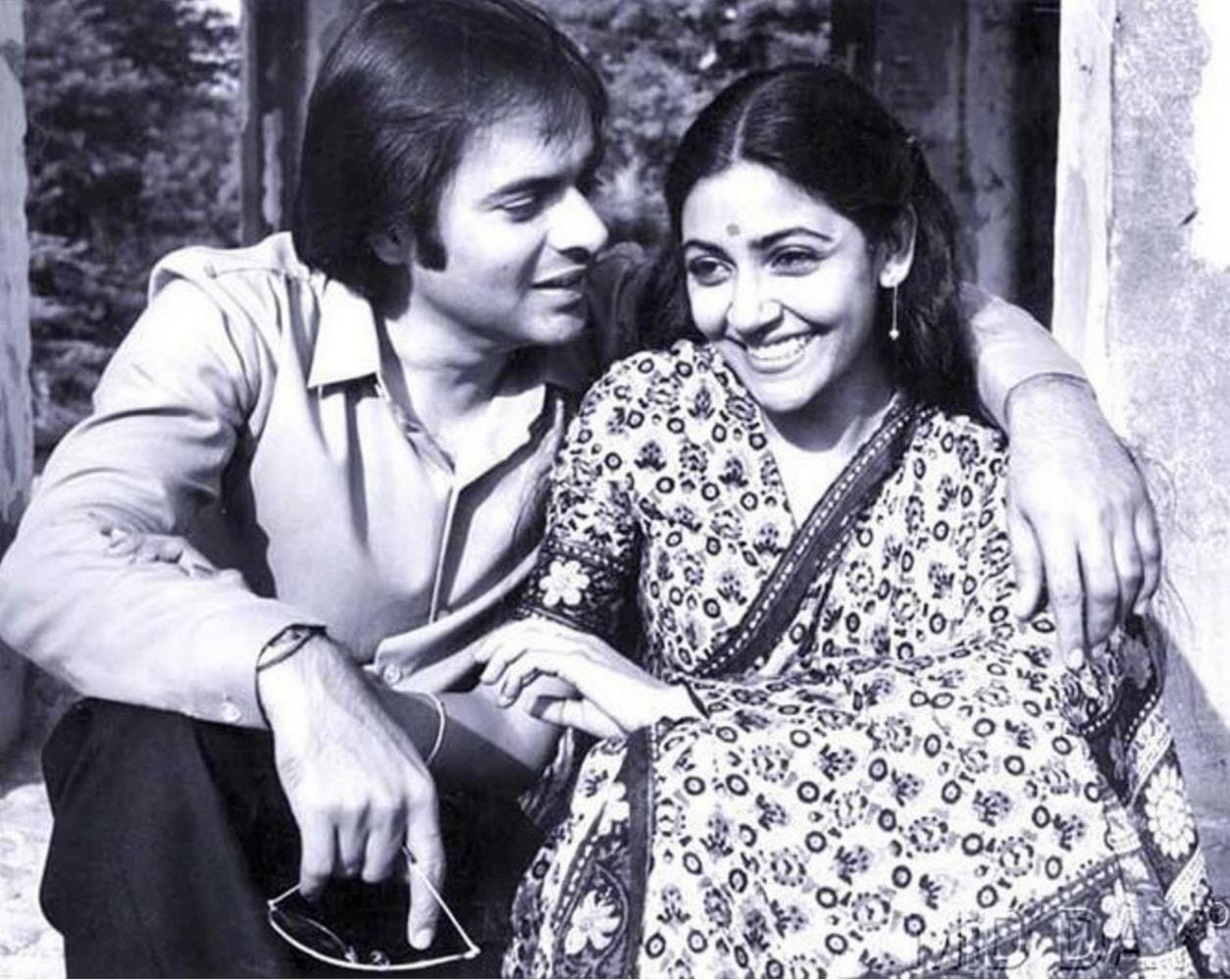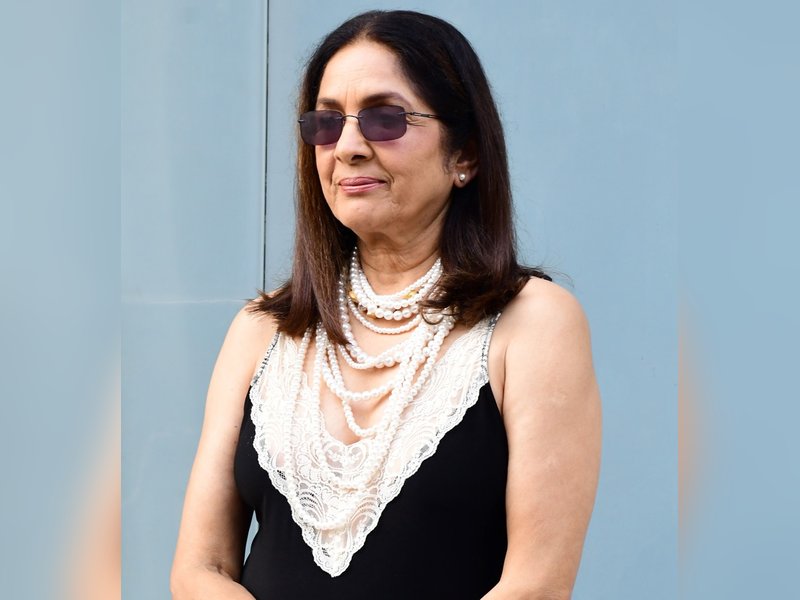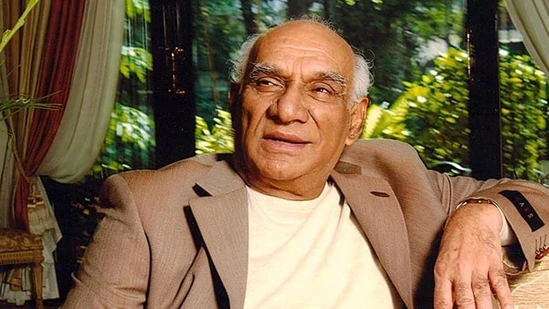
When you hear the name of the most legendary Indian films, Sholay is not a name — it's a legacy. Released in 1975 and directed by Ramesh Sippy, Sholay is not a film; it's a phenomenon that has crossed generations. Even almost half a century since its release, its characters, dialogues, songs, and emotional content are still imprinted in the collective psyche of Indian people.
But why is Sholay so timeless, exactly? Why does it remain the gold standard of Bollywood storytelling to this day? Let's take a look.
1. The Ideal Mix of Genres
At its most basic, Sholay is a tale of friendship, vengeance, love, and justice. But what really made it a classic was the fact that it could mesh together different genres so well. It was a Western, an action-thriller, a romance, and a comedy — all wrapped into one suspenseful story.
Sholay was influenced by Sergio Leone's spaghetti Westerns and Akira Kurosawa's samurai movies, but it introduced a new style of filmmaking to Indian cinema with bandits, dacoits, and hero outlaws. The arid terrain of Ramgarh rang to the sound of cowboy-type gunfights, thus making it both exotic and quintessentially Indian.
2. Mythical Characters That Became Archetypes
Few Bollywood movies have been able to come up with as many characters as Sholay:
Jai (Amitabh Bachchan) and Veeru (Dharmendra) redefined screen friendship, bequeathing India its favorite "bromance."
Amjad Khan's Gabbar Singh became the most iconic of Indian villains. His maniacal laughter, sadistic lines ("Kitne aadmi the?"), and intimidating presence made him unforgettable.
Thakur Baldev Singh (Sanjeev Kumar), the tough ex-police officer intent on revenge, lent depth and moral heft to the narrative.
Basanti (Hema Malini) and Radha (Jaya Bhaduri) provided the movie with emotional equilibrium, sensibility, and humor.
Every character was so perfectly scripted and performed that they became an integral part of Indian pop culture.
3. Immortal Dialogues
If there's one thing which brought Sholay into every household's lexicon, it's the dialogues. Penned by the iconic pair Salim-Javed, Sholay's script is full of lines that are quoted, imitated, and referenced generations after the film's release:
"Kitne aadmi the?"
"Jo darr gaya samjho marr gaya"
"Yeh haath mujhe de de Thakur!"
"Basanti, in kutton ke samne mat naachna!"
Even now, these lines appear in memes, political oratory, ad campaigns, and everyday conversations. Few movies have had that sort of linguistic staying power.
4. A Musical Masterpiece
The score of Sholay, by R.D. Burman, is worth celebrating separately. From the haunting melody of "Mehbooba Mehbooba" to the upbeat "Yeh Dosti Hum Nahi Todenge", each song lent emotional depth to the movie.
The songs weren't mere musical interludes — they fortified the narration. "Yeh Dosti," for example, was made the de facto country's friend anthem and is still played at parties, schools, and reunions.
5. Cinematic Masterpiece Well Ahead of Its Time
Technically, Sholay was way ahead of time. It was the first Indian movie to be shot in 70mm with stereophonic sound, and it provided a rich cinematic experience on par with Hollywood standards of those days.
The action sequences were deliberately choreographed, the cinematography (by Dwarka Divecha) was able to capture the picturesque nature of the countryside, and the set work (particularly the Ramgarh village) became iconic. The production scale was huge, and it was apparent.
6. A Box Office Story for the Ages
While Sholay had a slow start at the box office, it soon turned into a juggernaut. It ran for over five years in Mumbai’s Minerva theatre and became the highest-grossing Indian film of its time.
It wasn’t just a hit — it was a phenomenon. The audience didn’t just watch Sholay; they experienced it.
7. Influence on Pop Culture and Future Cinema
From stand-up comedy and TV shows to commercials and contemporary cinema, Sholay's impact permeates everything. It became the standard for masala films — those that combine romance, comedy, drama, and action.
It also influenced numerous filmmakers, characters, and storylines. Farah Khan and Rohit Shetty are among the many directors who openly admit the influence of Sholay on their cinematic sense.
Even movies like Dilwale and Son of Sardaar have shown their respect towards Sholay, borrowing from its dialogues, characters, and plot turns.
8. Love across generations
Maybe the loveliest aspect of Sholay's legacy is that it has brought generations together. Grandparents, parents, and children can all gather together and watch it — a quality too rare in today's increasingly fragmented entertainment universe.
Fresh audiences keep discovering it, and long-time fans never get tired of watching it again. On TV reruns, on YouTube videos, or as special performances, Sholay keeps returning — because it never actually went away.
Sholay is not a film, it's an historical moment, a cultural touchstone, and a benchmark for storytelling that has yet to be topped. Its enduring popularity stems from its universal appeal, unforgettable characters, and unadulterated cinematic wizardry.
In today's fleeting content and digital distractions, Sholay is a reminder of what great cinema really is — when heart, artistry, and vision coalesce.
As long as narratives are important, Sholay will never age.
Behind the glamour of Hindi cinema, and particularly in the late 1970s and 1980s, a silent revolution was unfolding. Far from the sheen of mainstream Bollywood, a new generation of films—based on realism and human experience—started thriving. From the hosts of actors who became synonymous with the movement, the combination of Deepti Naval and Farooq Sheikh was something extraordinary.
In a field that tends to push women aside after a while, where looks may be given preference over ability at times, Neena Gupta has turned the rulebook upside down. From stereotyping to playing second fiddle, to becoming the poster girl for a midlife revolution, she has come full circle in an extraordinary way. She not only made a return to films — she reinvented herself, and with that, redefined the image of aging women in Bollywood. Her tale isn't merely about movies; it's about daring decisions, self-strength, and the inner assurance of a lady who never wavered from trusting in her own value, even when the rest of the world turned away.
Today, September 26, the indefatigably smiling and laughter-inducing Archana Puran Singh celebrates her 63rd birthday. With over four decades in her career, she still brightens Indian screens with her vitality, sense of humor, and that unmistakable voice. She is famous for her strong comic timing and warm demeanor, and Archana is one of those gems that has remained herself in an industry where one is constantly advised to keep reinventing themselves.
Within the rich canvas of Indian cinema, none stand out as brightly as Yash Chopra. Styled the "King of Romance," Chopra transformed Bollywood through his style of storytelling, rich visuals, melodic music, and tender emotions. His career of more than half a century changed the face of Hindi cinema and provided the world with a new language of romance on the cinema screen.
Lights Camera Audition!
Don't miss out on the latest updates, audition calls, and exclusive tips to elevate your talent. Subscribe to our newsletter and stay inspired on your journey to success!







